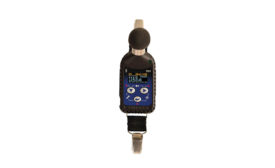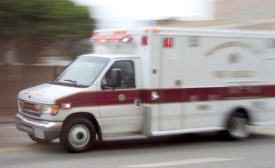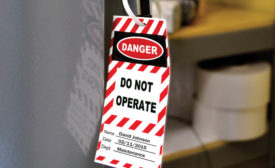A Confined Space blog post
Environmental Health and Safety
Measuring noise impacts has come a long way since the ’60s
Not your father’s dosimeters
February 16, 2018
Become a Leader in Safety Culture
Build your knowledge with ISHN, covering key safety, health and industrial hygiene news, products, and trends.
JOIN TODAYCopyright ©2025. All Rights Reserved BNP Media.
Design, CMS, Hosting & Web Development :: ePublishing








